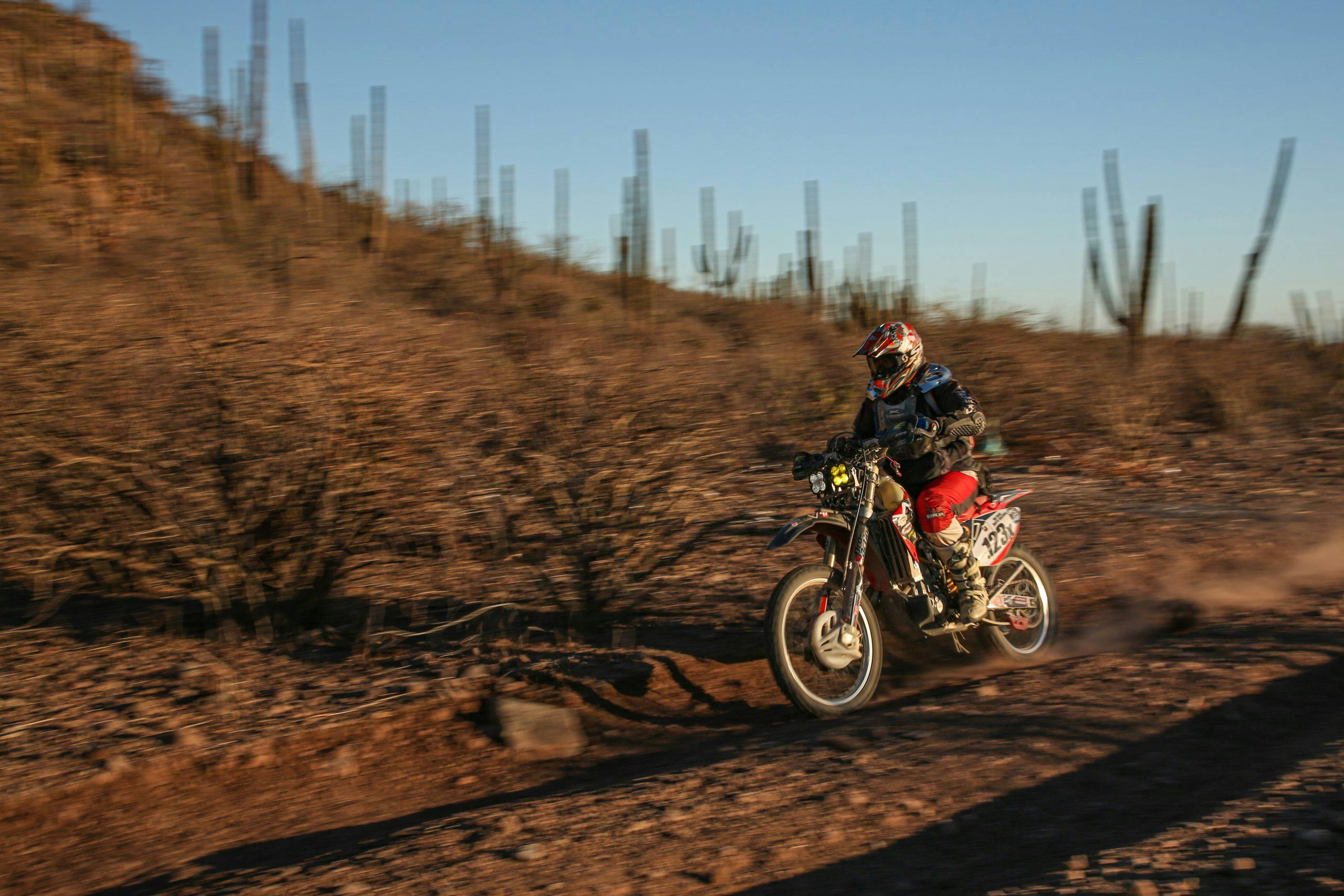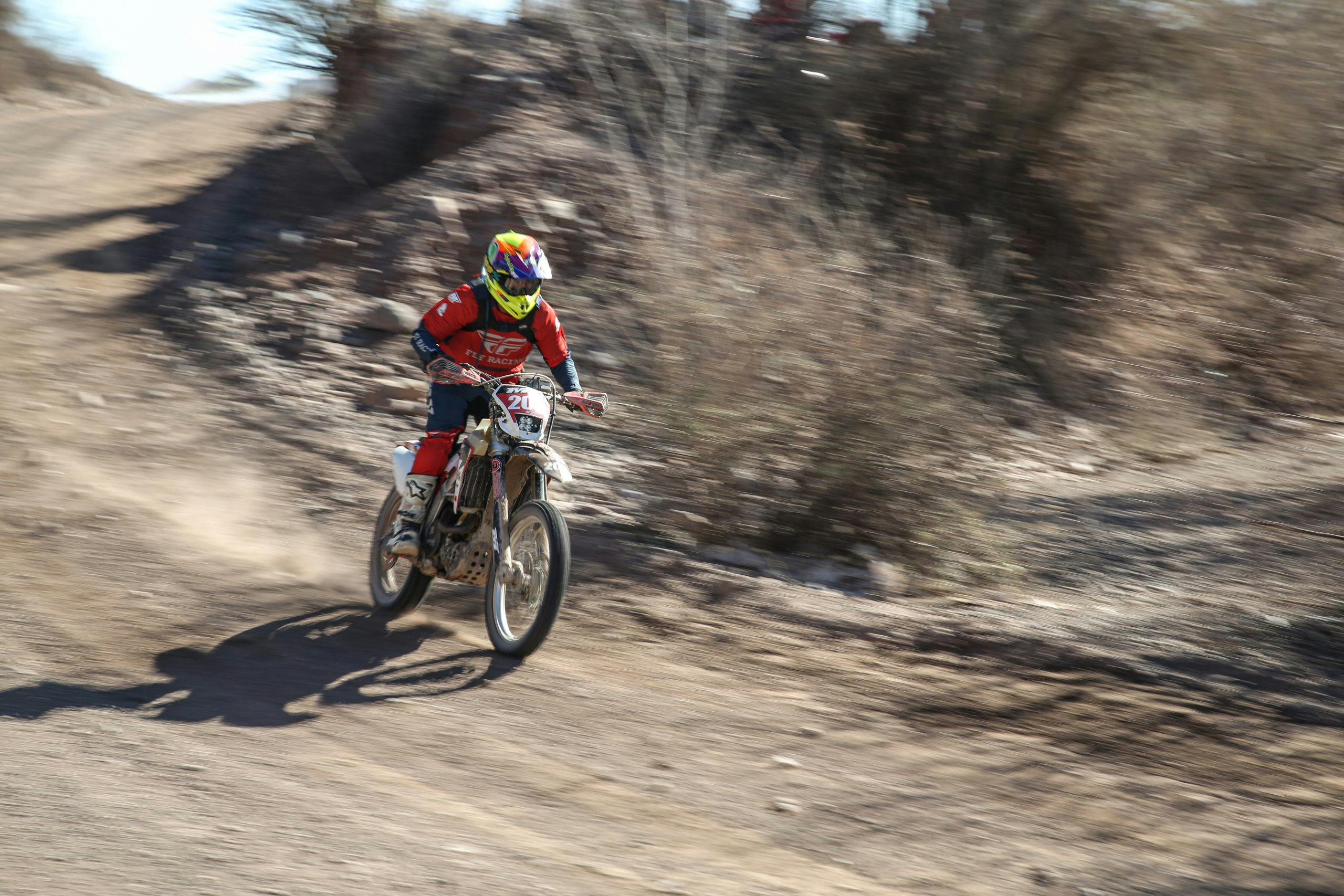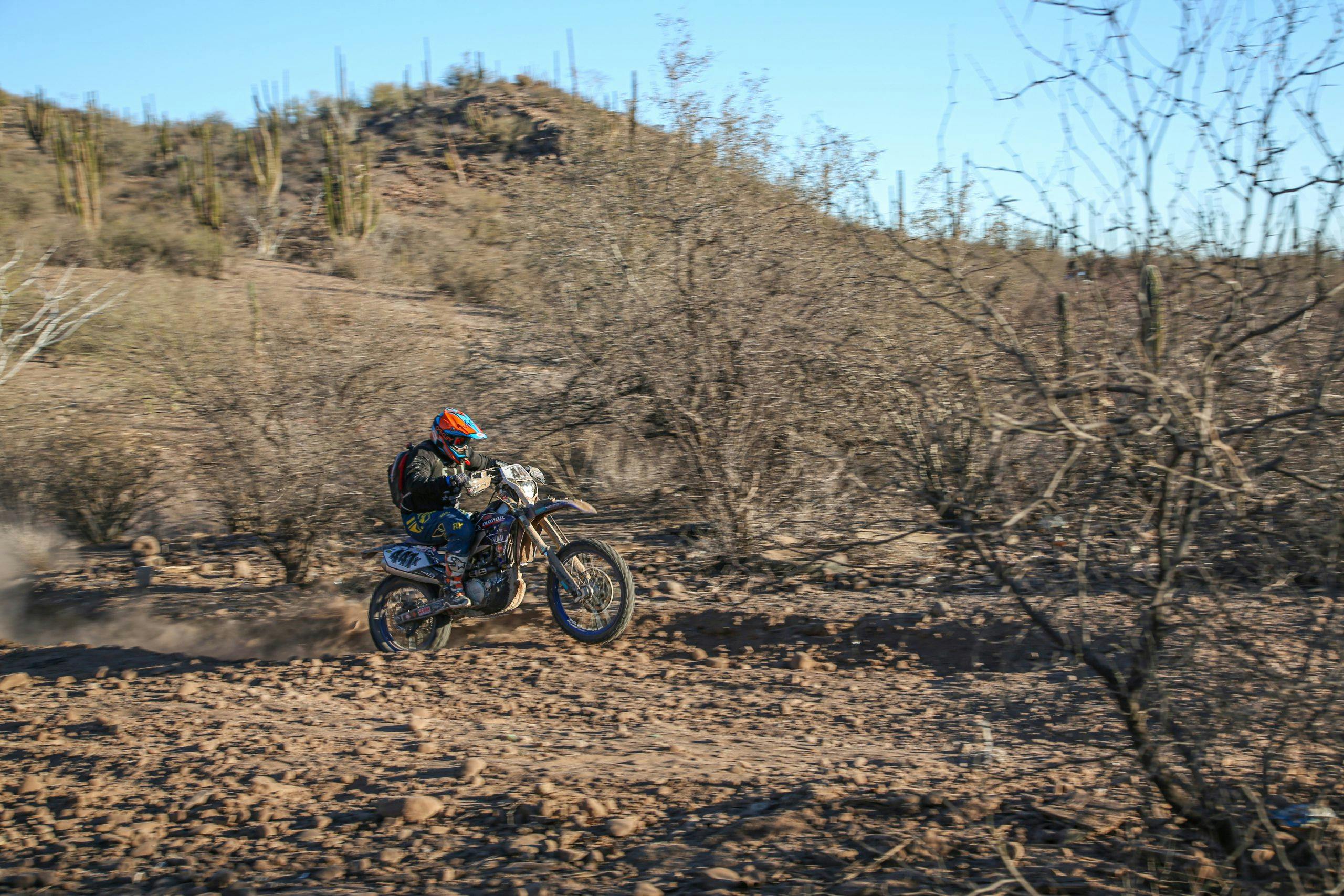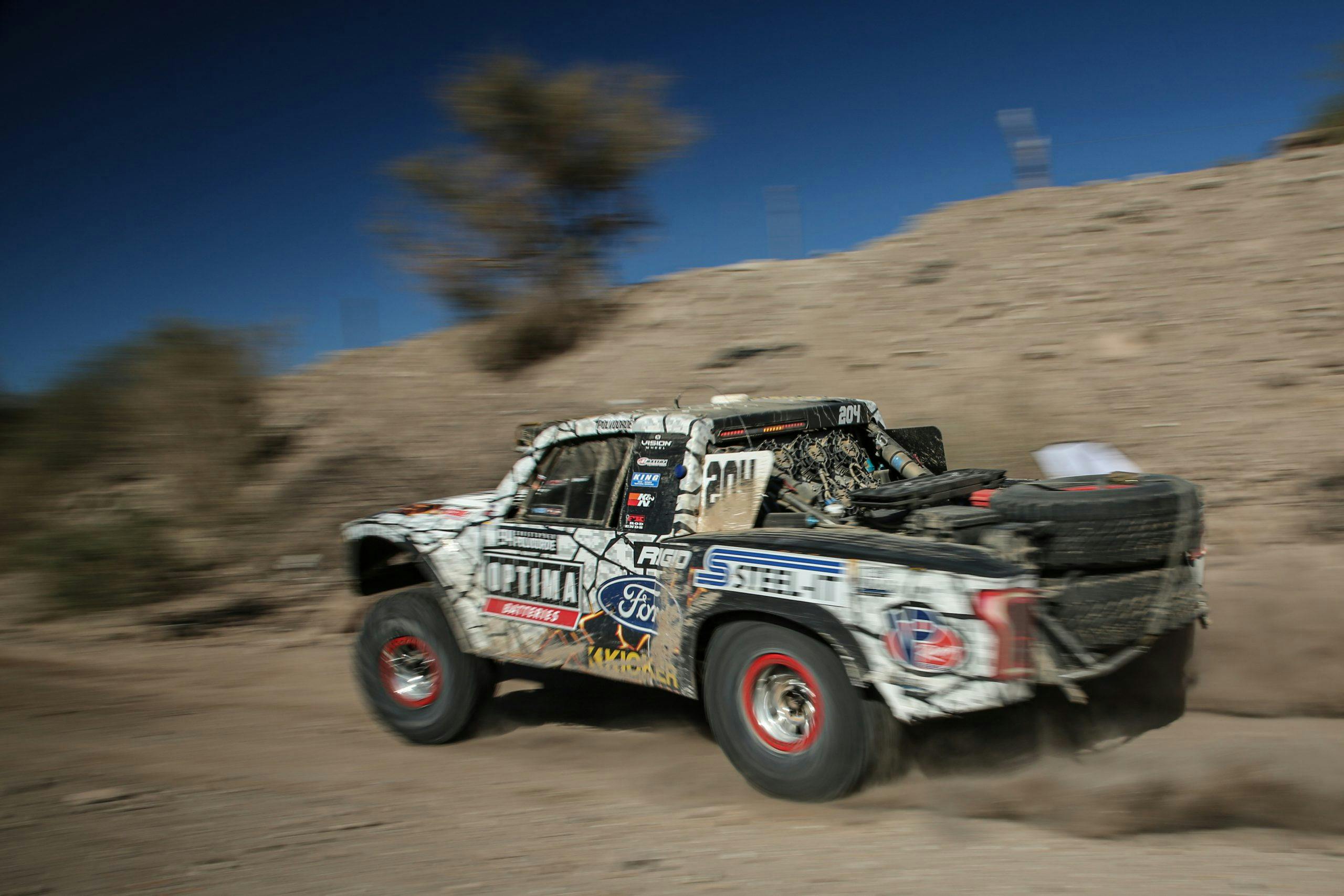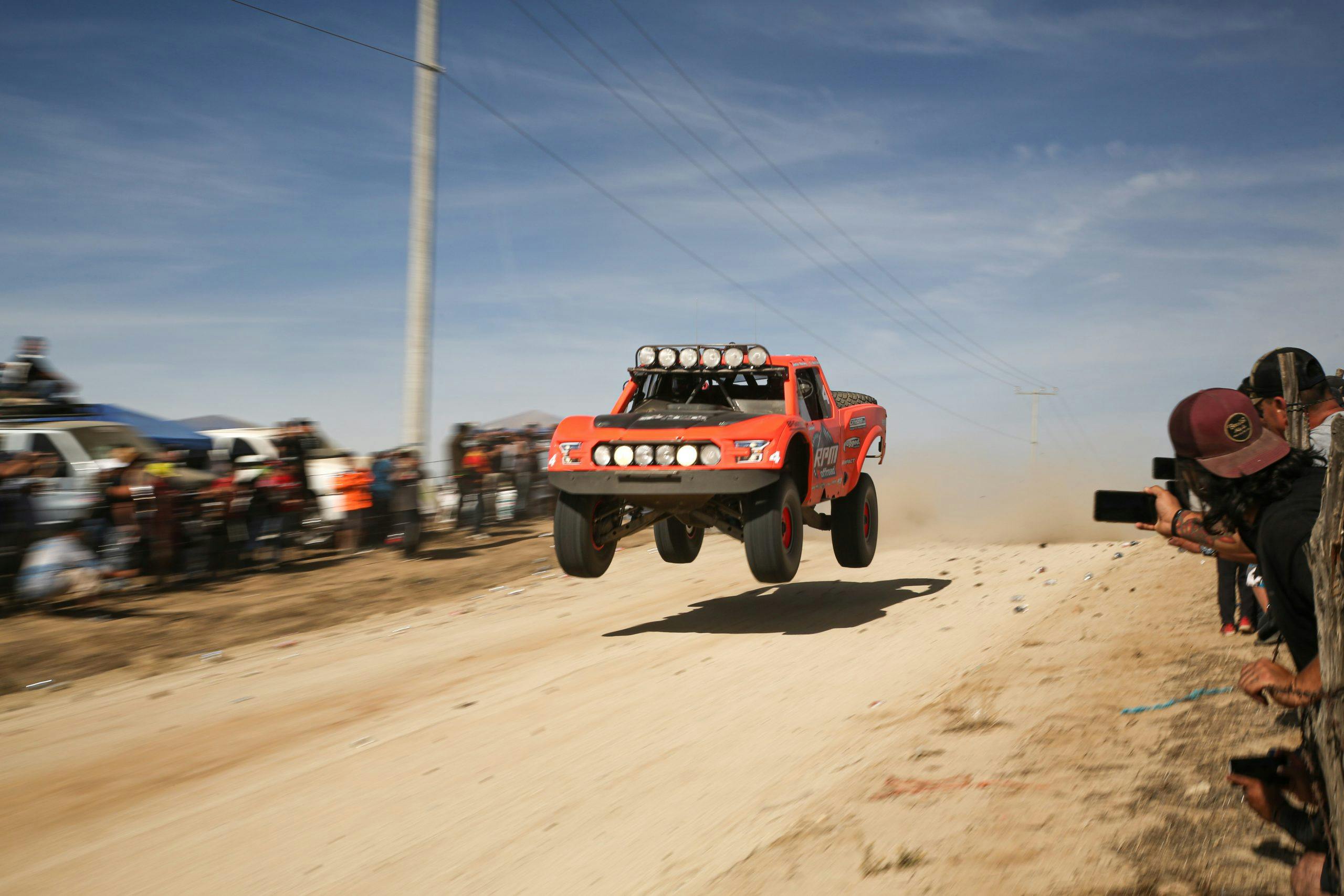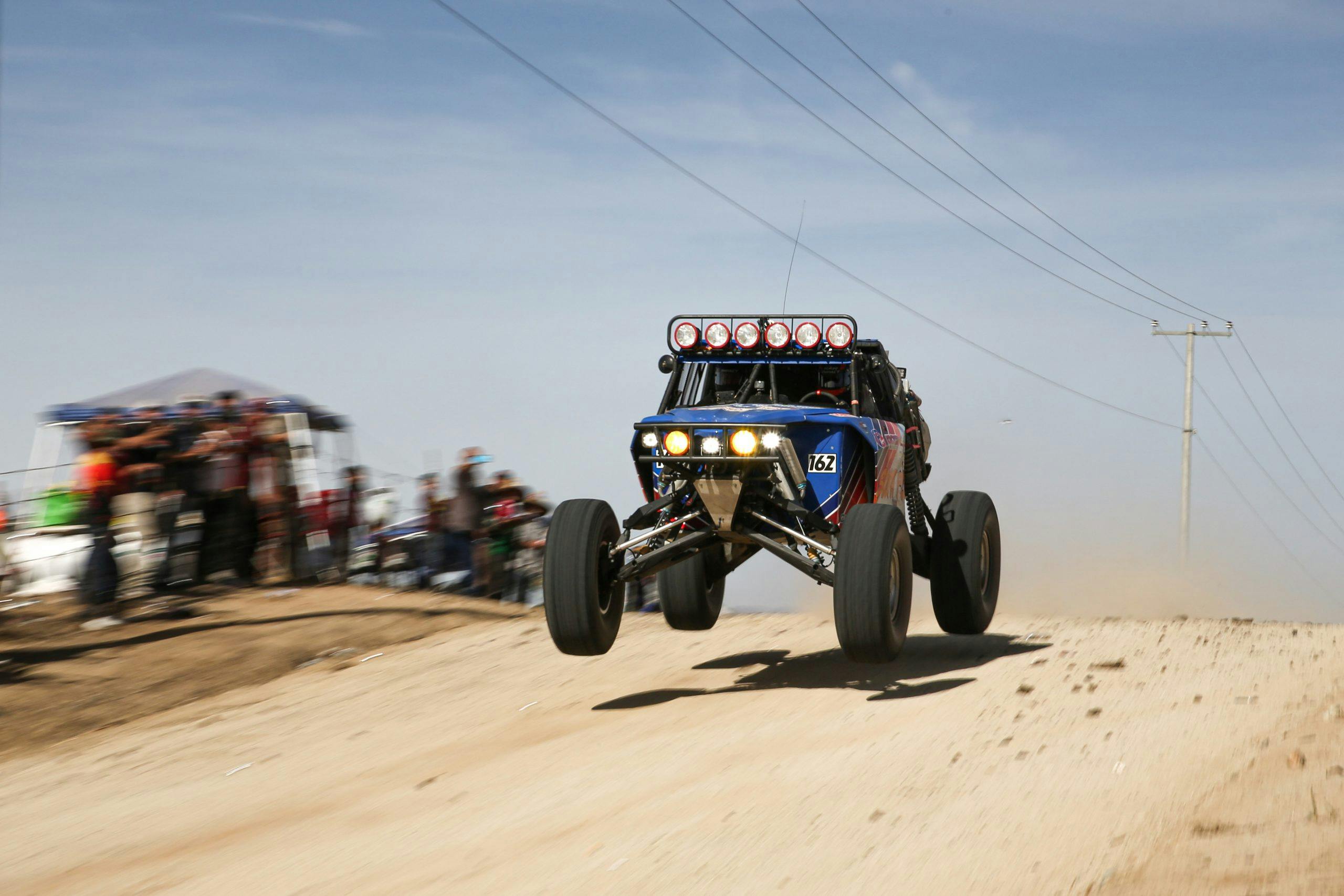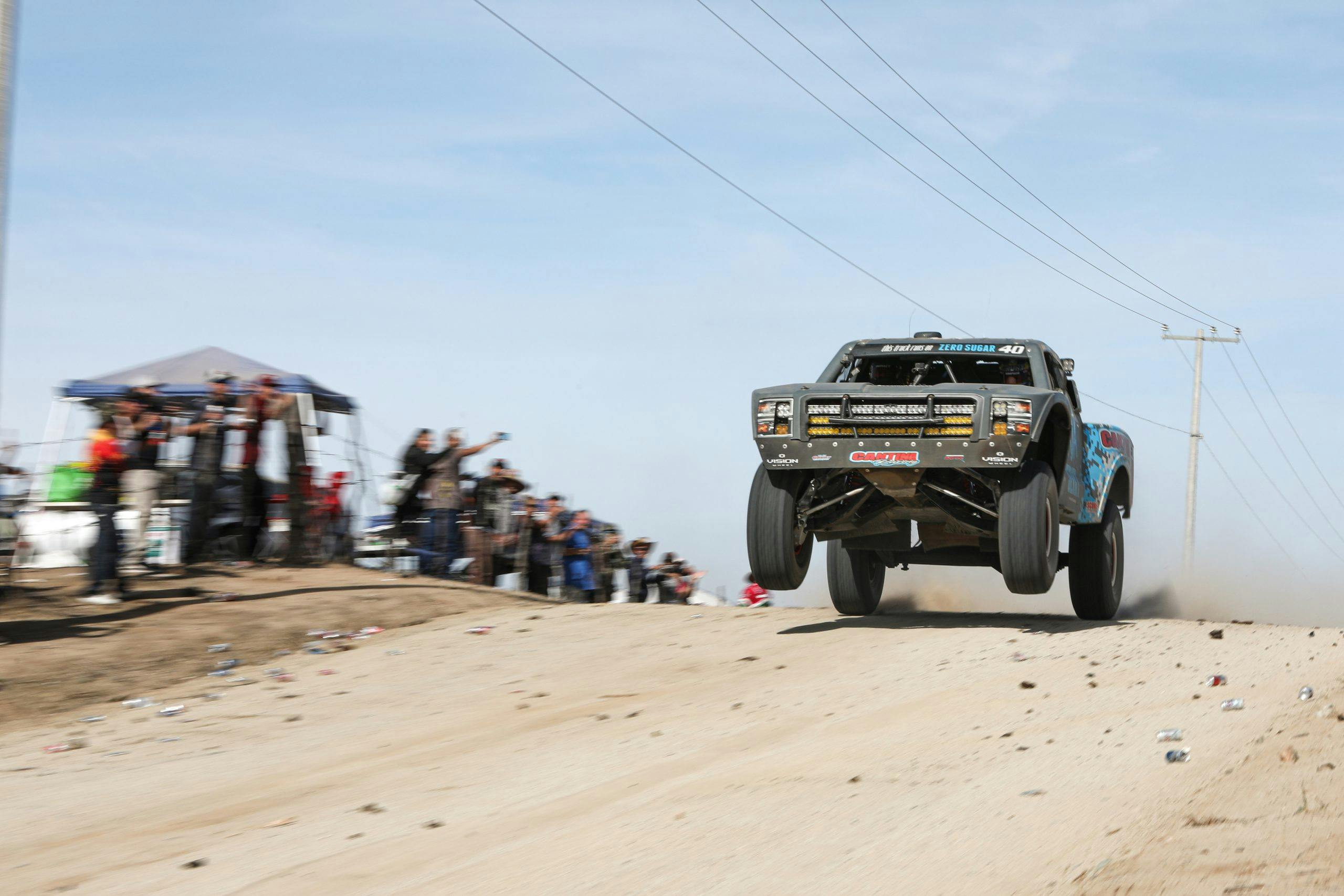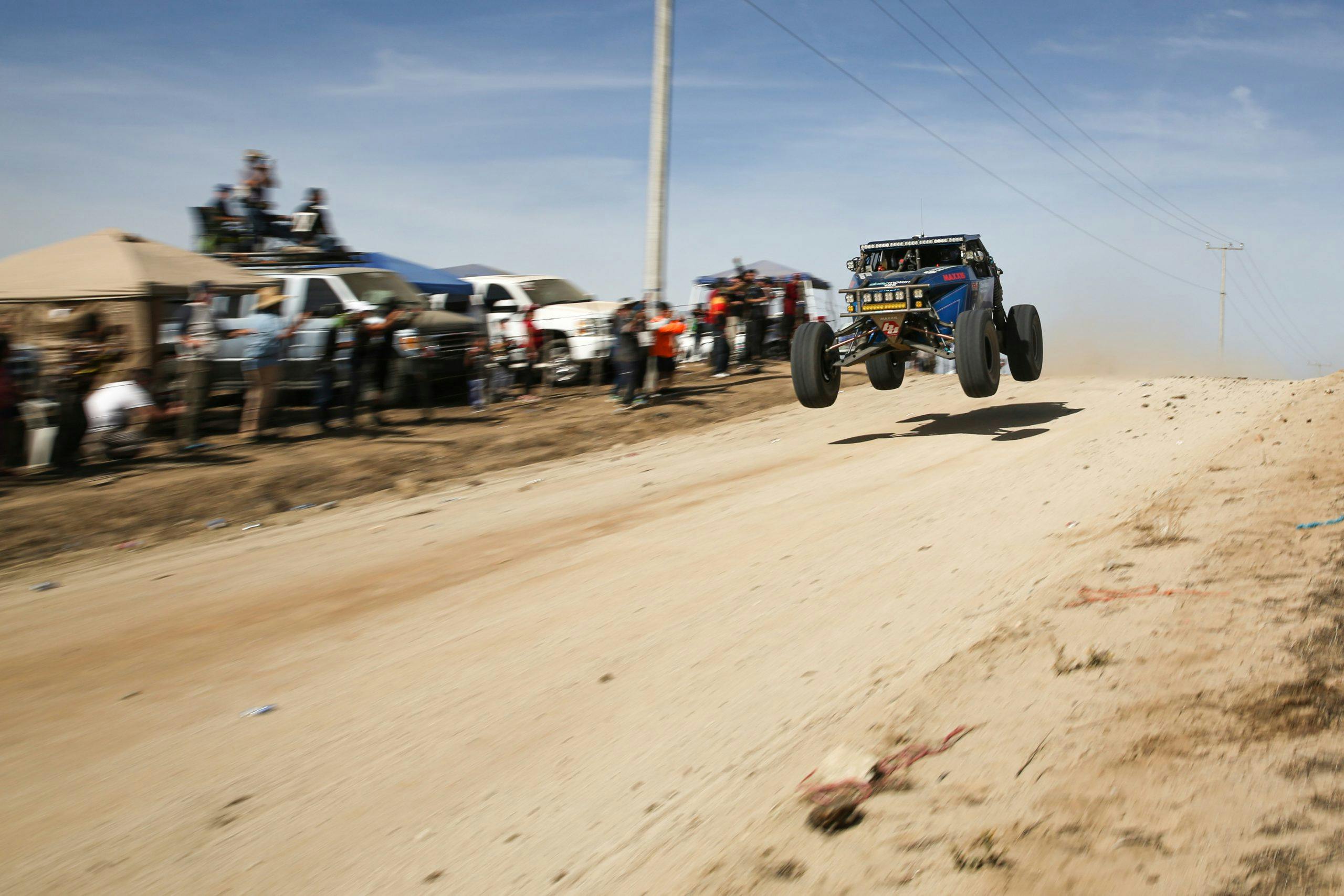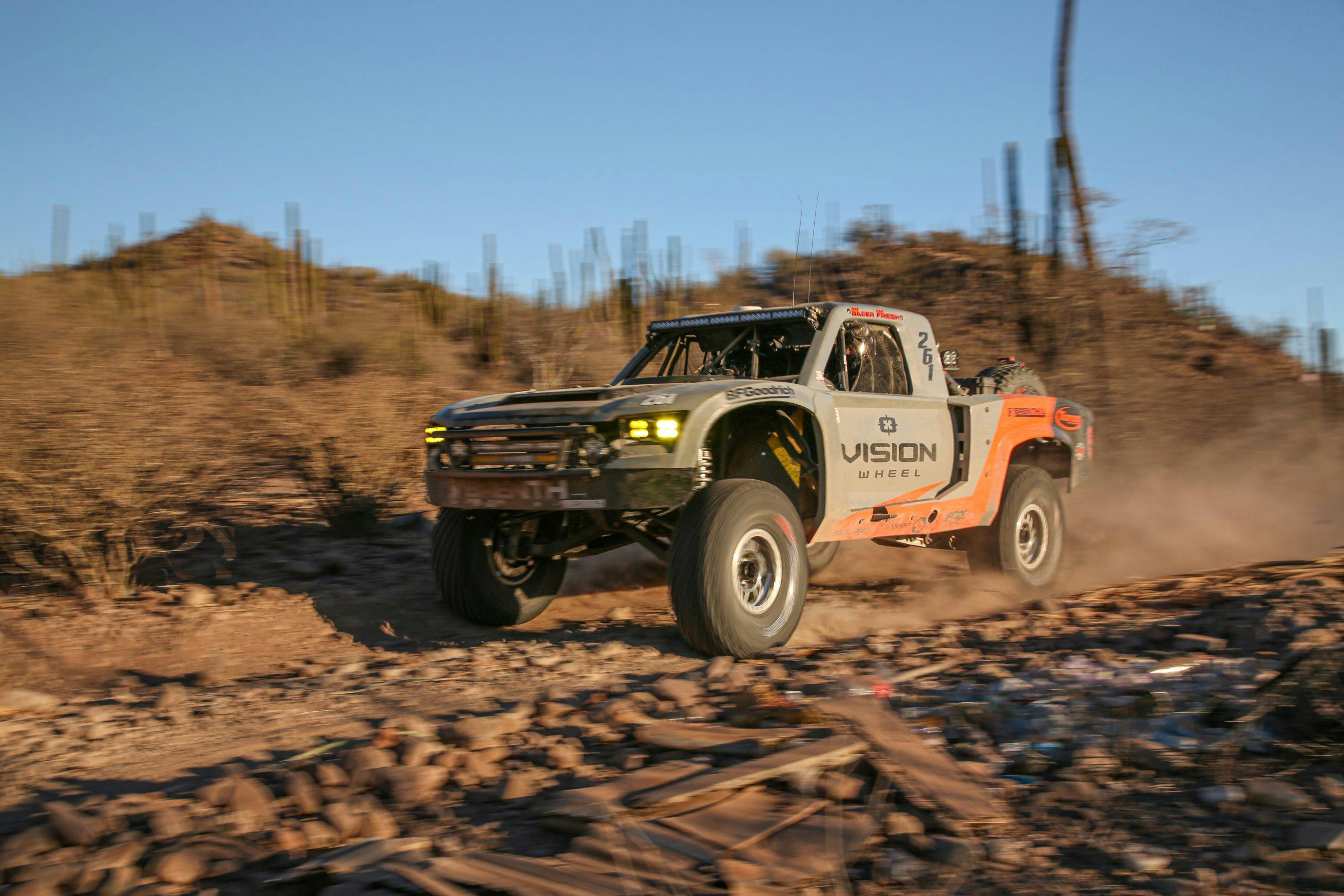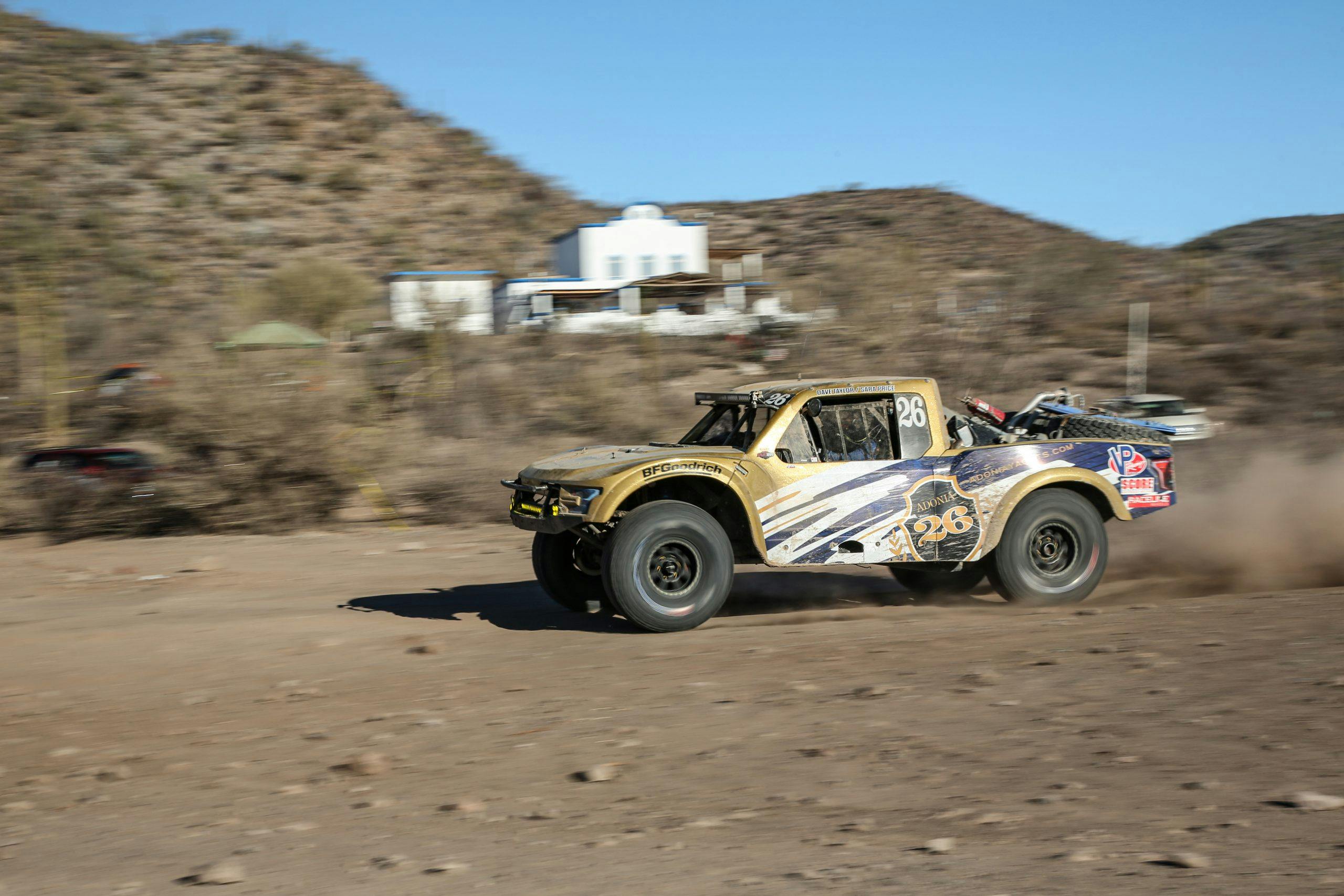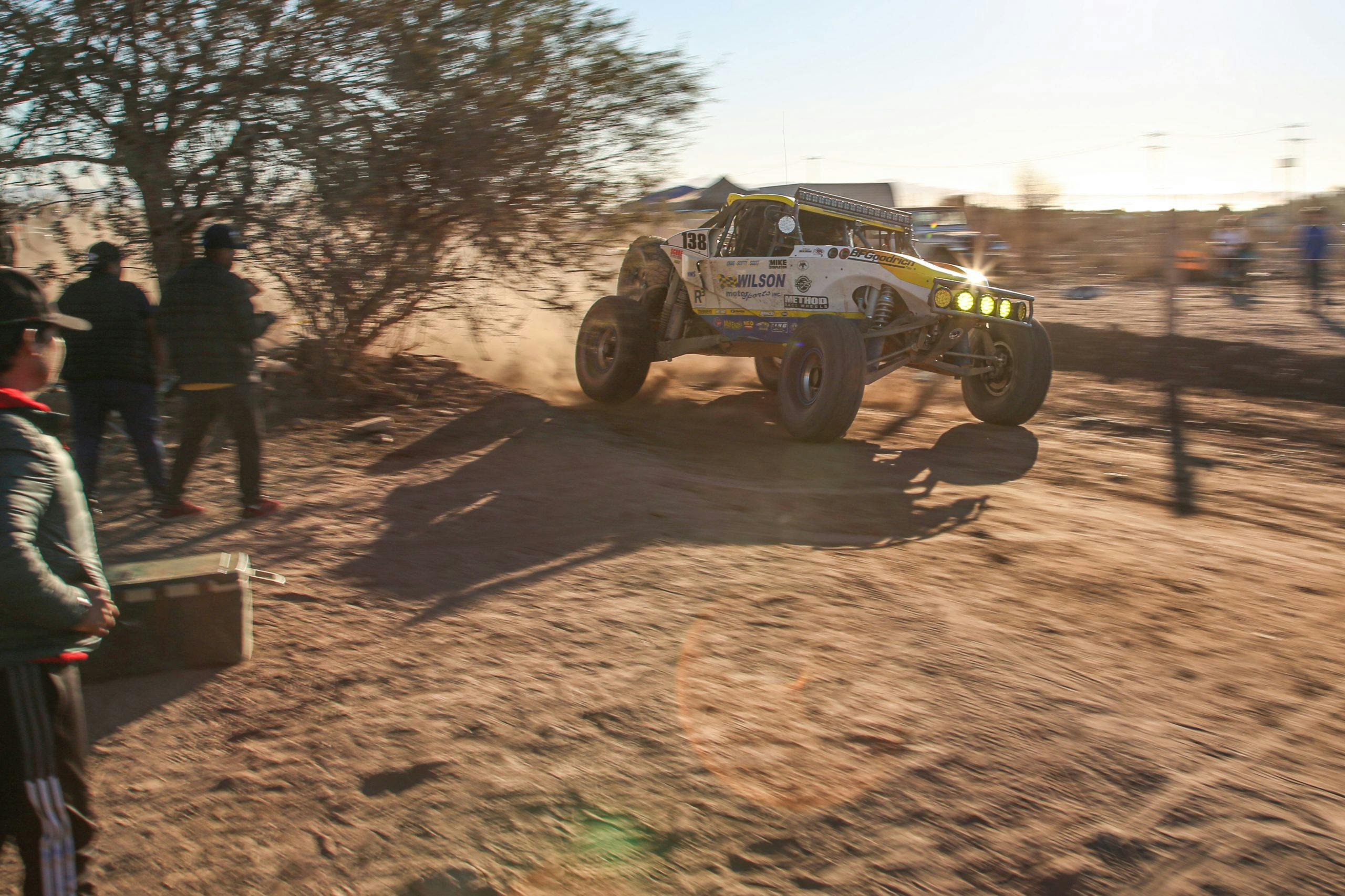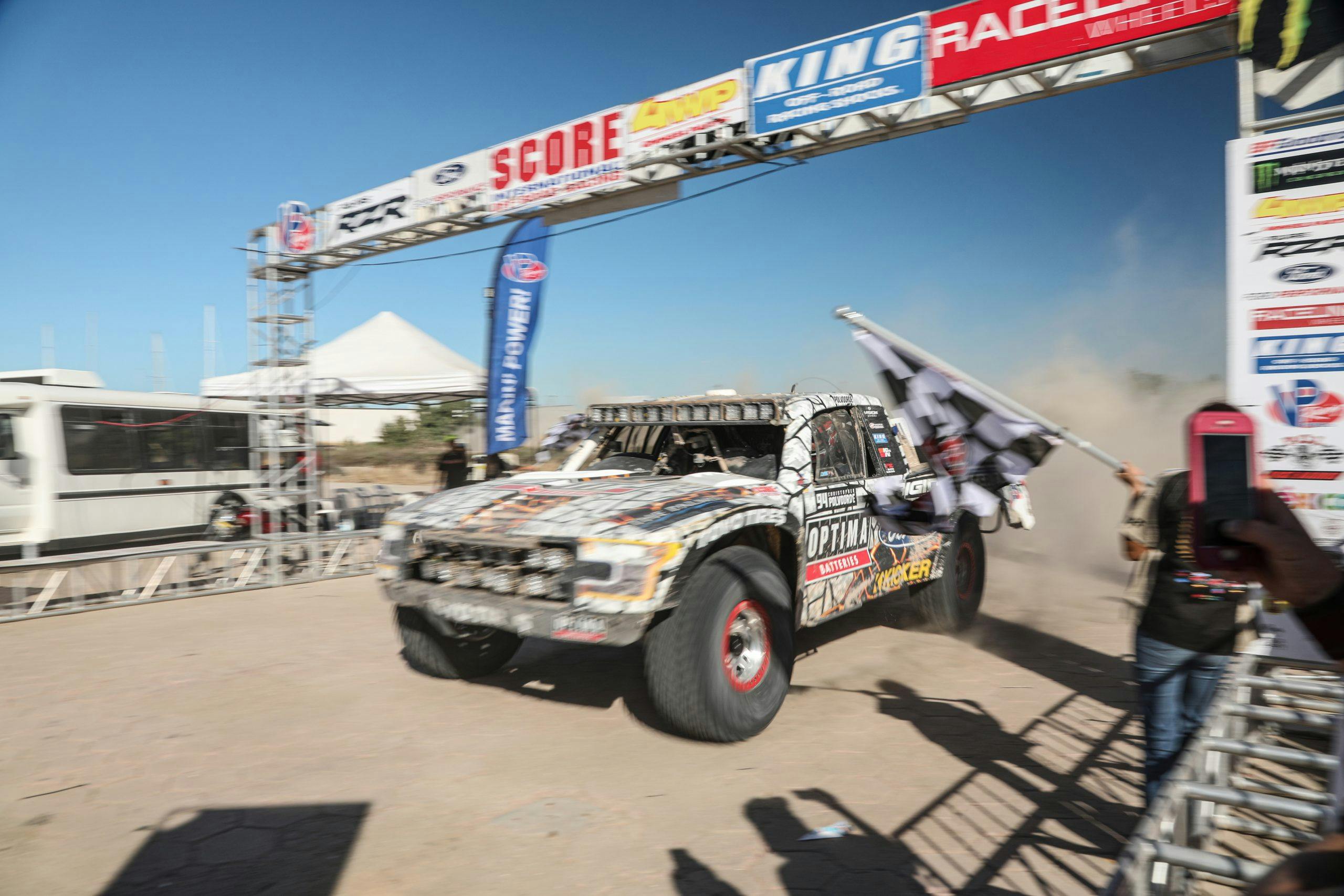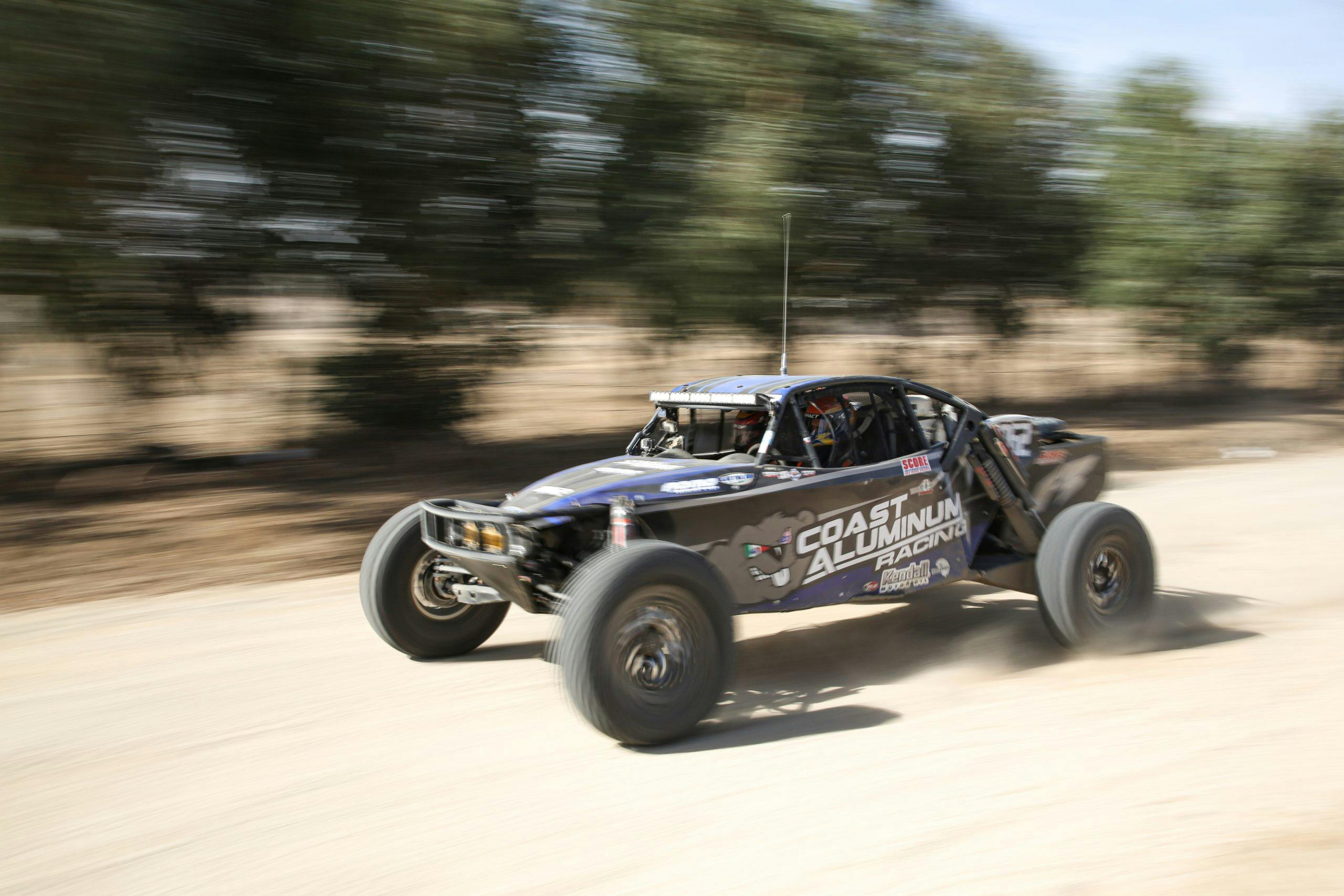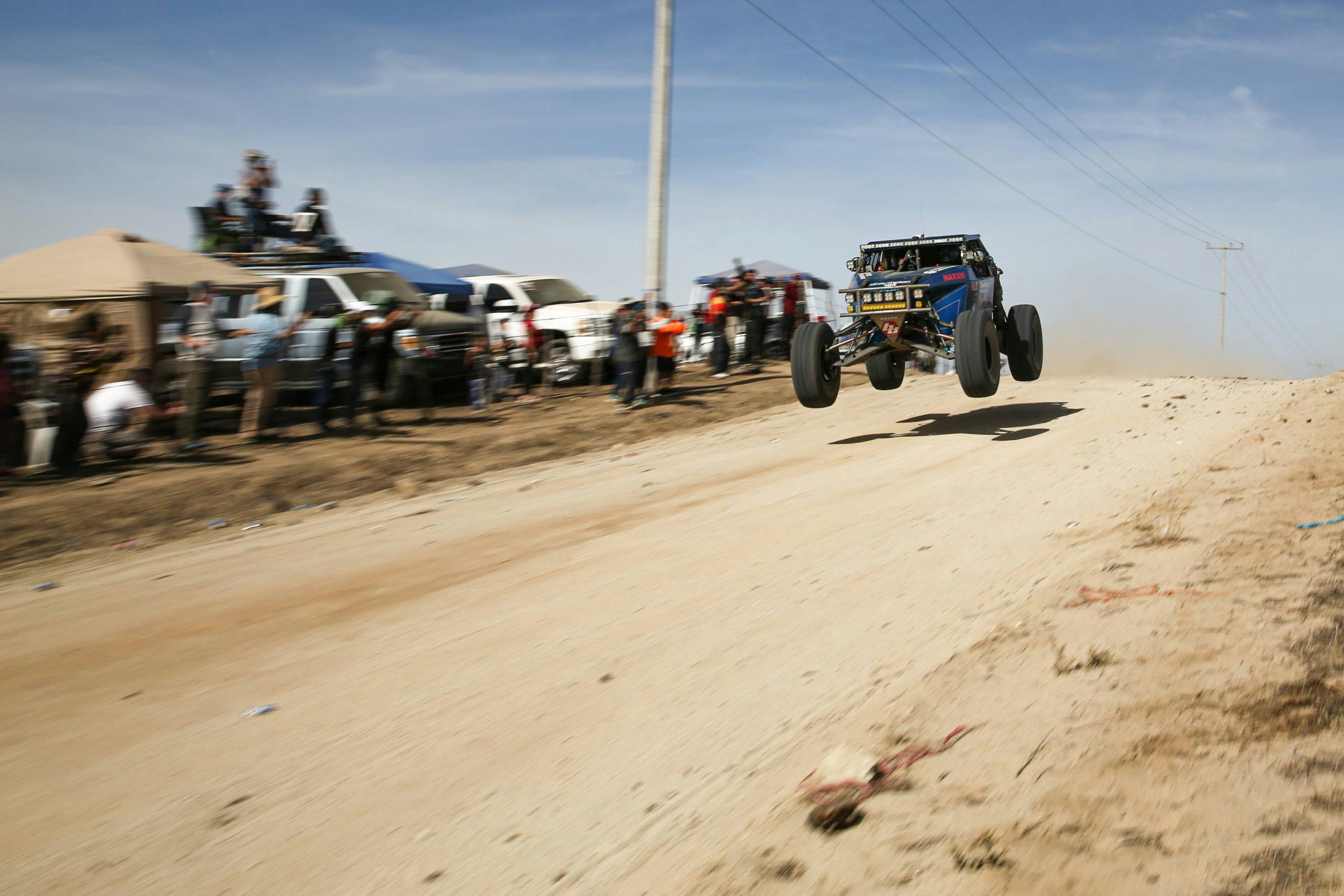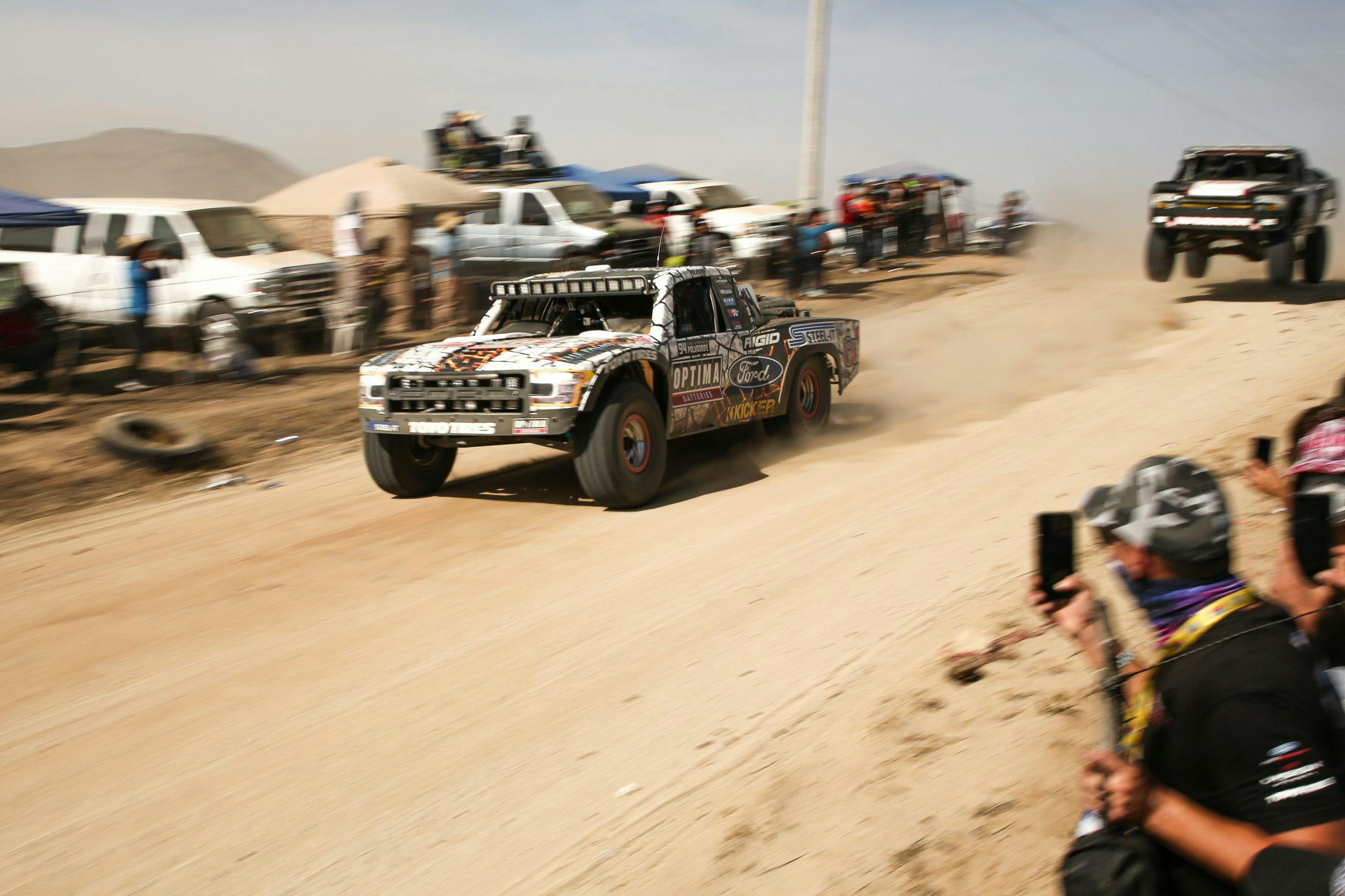Media | Articles
4 big lessons you learn at the Baja 1000
The Baja 1000 is a grueling endurance test for both man and machine. Drivers and their crews attempt to traverse some of the most beautiful yet inhospitable terrains in North America, but for spectators, it’s a different story. As long as you’ve got a nicely stocked cooler nearby, most of the Baja Peninsula is an incredibly welcome place. Just remember to stay off the course or be prepared for spectators to pelt your vehicle with beer bottles, cow patties, or whatever else is handy. It’s harsh, but so is getting rear-ended by a Trophy Truck.
I’ve covered plenty of drag racing, vintage road racing, and land speed racing events up close and personal, but the 2021 Baja 1000 was new territory for me. Optima Batteries offered to let me tag along as it watched its sponsored driver, Christopher Polvoorde, take on his first Baja 1000. Polvoorde, just 21 years old, has raced his way up from Mod Karts into Pro Lites, where he was Rookie of the Year in 2017. In 2020 he was runner up in the Lucas Oil Off Road Racing Series Pro Lite championship. For 2021 he made his Spec Trophy Truck debut. Trophy Truck is the most powerful and fastest class in Baja racing, and Spec Trophy truck uses a similar chassis and suspension but with a spec powertrain consisting of a 525-hp V-8 and three-speed automatic transmission. The class is RWD only, but just about everything else aside from the powertrain is open. Polvoorde’s truck was built by Mason Motorsports and has 24 inches of travel up front and 29 inches of travel in the rear. With speeds up to 118 mph, his Spec Trophy Truck is fast across the open parts of the desert, and the 40-inch tires on Polvoorde’s truck—along with that aforementioned suspension travel—let him bounce and buck over some absolutely punishing terrain. I’m sure Polvoorde and his team learned a lot on their maiden Baja 1000, just like I did. Here’s what you can expect if you make the voyage to Baja for the oh-so-epic 1000:
The route doesn’t always cover the full peninsula, and it’s often way more than 1000 miles
The history of the Baja 1000 dates back to the 1960s, when it began as a sort of Cannonball-Run-before-the-Cannonball-Run of California’s Baja Peninsula. In 1962, the seeds of the race were planted when Dave Ekins and Billy Robertson Jr. piloted Honda motorcycles from Tijuana to La Paz to prove the reliability and toughness of the machines. The late Bruce Meyers picked up the gauntlet in 1967 (running in the iconic Meyers Manx dune buggy) to reset the record. The inaugural Mexican 1000—as the Baja 1000 was called back then—also took place in 1967 and started near the U.S. border in Tijuana and ended near the bottom of the peninsula in La Paz. That set the standard for the point-to-point race that is still used in some years, as it was the 2021 race I attended. In other years, the race has begun near the U.S. border and makes a loop of the northern peninsula before finishing at the start. The races are always tough on the drivers and co-drivers, but the point-to-point style of race is even more grueling and typically requires a larger crew. Once racers pass a pit location, that section of the crew won’t be able to catch up and set up another pit area. Of course, at the end of a point-to-point race, you’ve also got that much farther to get back home. This year’s race ended up covering more than 1200 miles and it wasn’t even the longest in the event’s 54-year history.
(Note: While SCORE is the sanctioning body for the Baja 1000, and has been since 1974, the race’s original sanctioning body, NORRA, runs the Mexican 1000 that’s broken up into five days of racing, with one stage per day.)
You can never see it all
In order to see Polvoorde and his Spec Trophy Truck, the group I was traveling with had to pick locations that were near roads. In some parts of the race, this was easy, but a large section of Baja California is protected wilderness and there are hundreds of miles of the route that (as you might expect) aren’t easily accessible. The action is just so spread out that it’s impossible to catch all of the amazing passes, rooster tails, and jumps. Once your favorite racer passes you, you’ll have a hard time catching them unless you’ve got access to an aircraft. Do some research to know what you want to see, ask some veterans their favorite locations, and hope for the best.
Marketplace
Buy and sell classics with confidence
The terrain is constantly changing
When I spoke to Chris Polvoorde after the race, he told me that everyone expects the Baja 1000 to be all about wide-open blasts through dry riverbeds and catching air on jumps, but plenty of it is tough, technical trails where you’re picking your way through rocks at 5 mph. I got to see the peninsula from the air, and the change of perspective was dramatic; with the 20,000-thousand-foot view, we could see the beauty of desert chaparral making way for gentle foothills and then flat-topped buttes. On the ground, no two turns are the same and drivers have to adapt to changing course conditions as the route shifts from paved to dirt road, to sand, and silt.
I would do it all again
Even though our trip was fairly laid back and in no way reflecting the rigors of the actual crew, covering that much ground was almost as exhausting as it was exciting. Still, the sights, sounds, and amazing feats of endurance that the racers and their teams showcase every year make it all worthwhile. Baja California is like no other place on earth, and the scenery makes for a fantastic backdrop as well.
Polvoorde and his team finished 35th overall and eighth in Spec Trophy Truck out of 27 entrants in his class. Even though he has had a lot of success in his young off-road racing career, that’s quite a feat for a first-time Baja 1000 racer. Keep in mind, dozens of racers failed to finish at all. We’ll have a lot more info on his truck in the coming weeks as we continue to post coverage from the mania of Baja, so stay tuned for a deeper technical dive, plus what it takes for teams to make it 1200+ miles across the desert.

